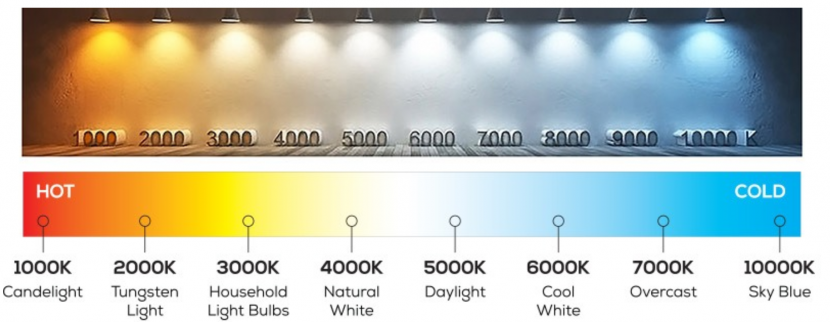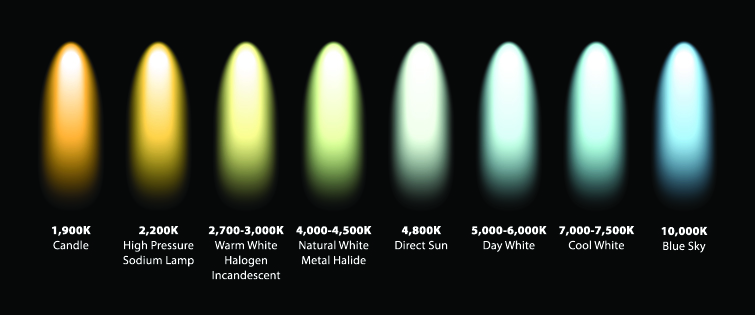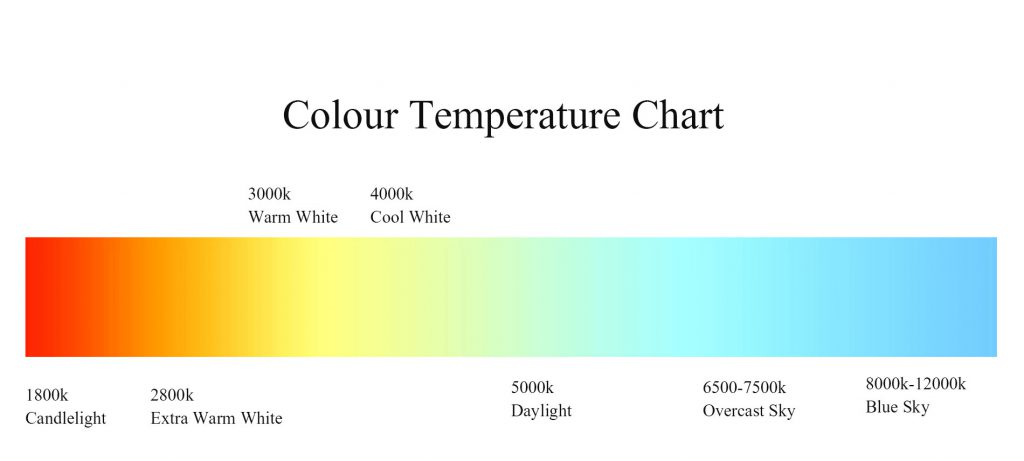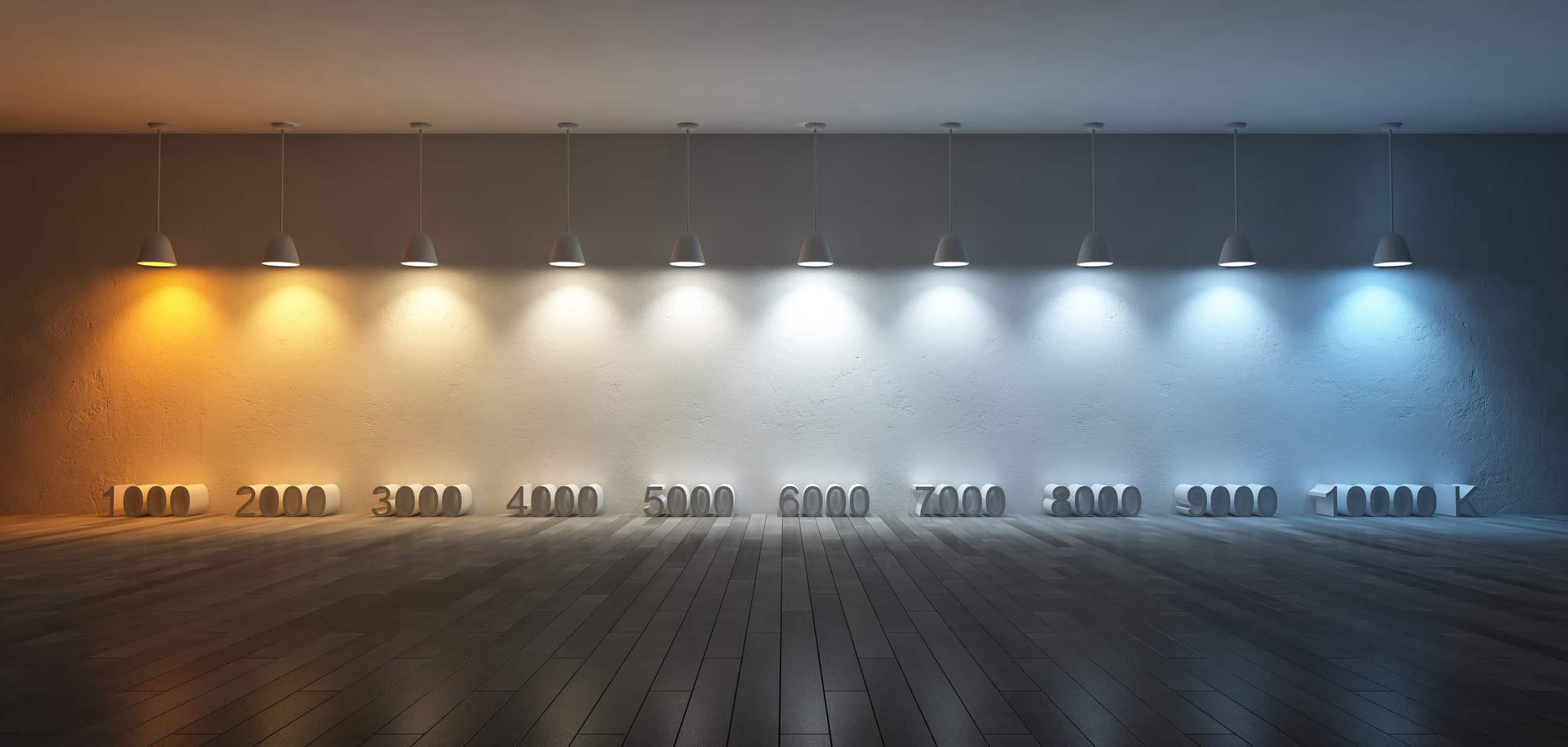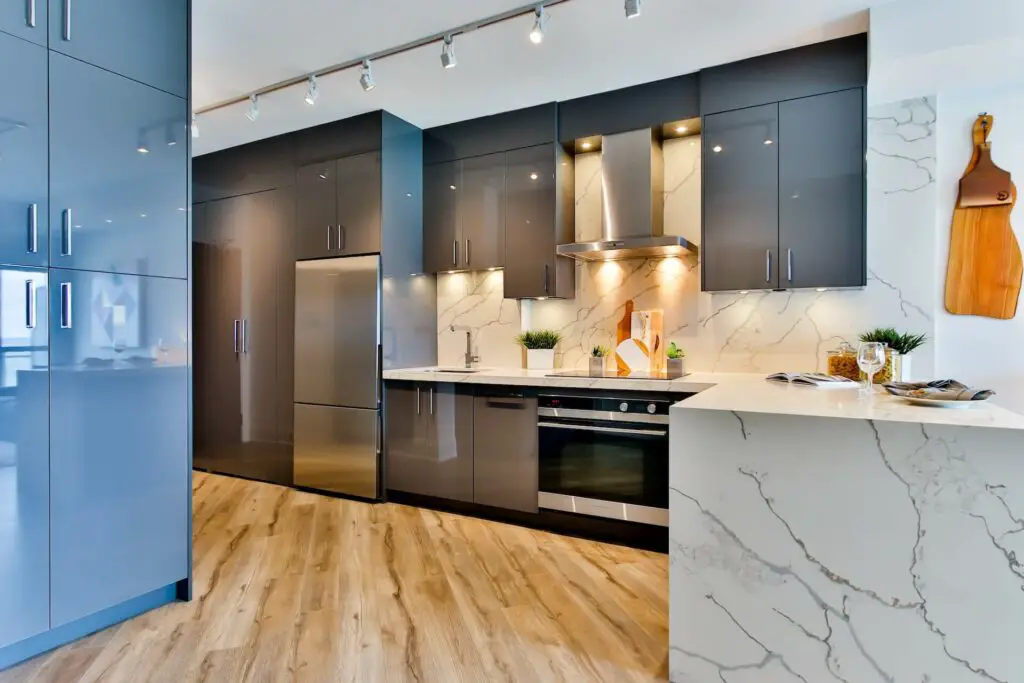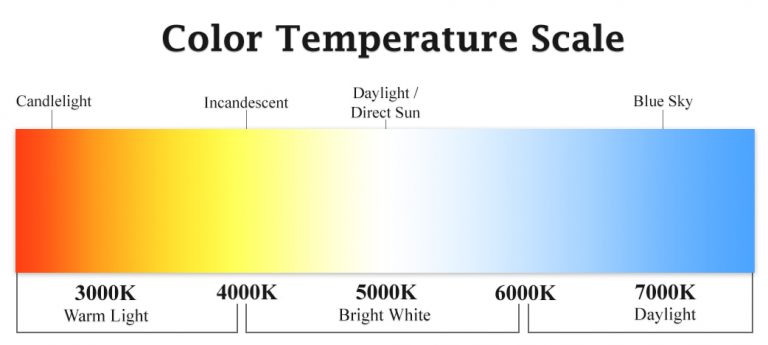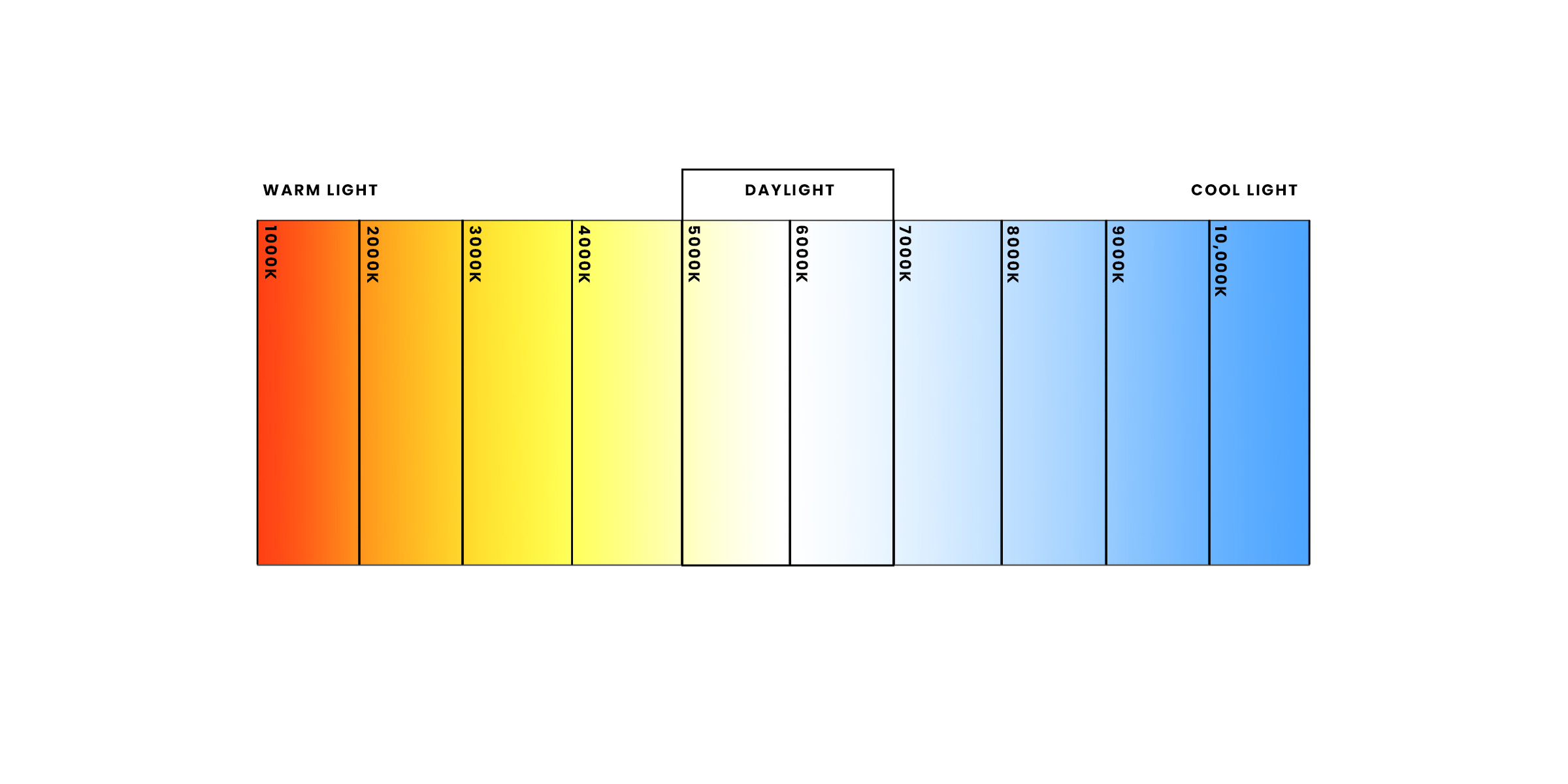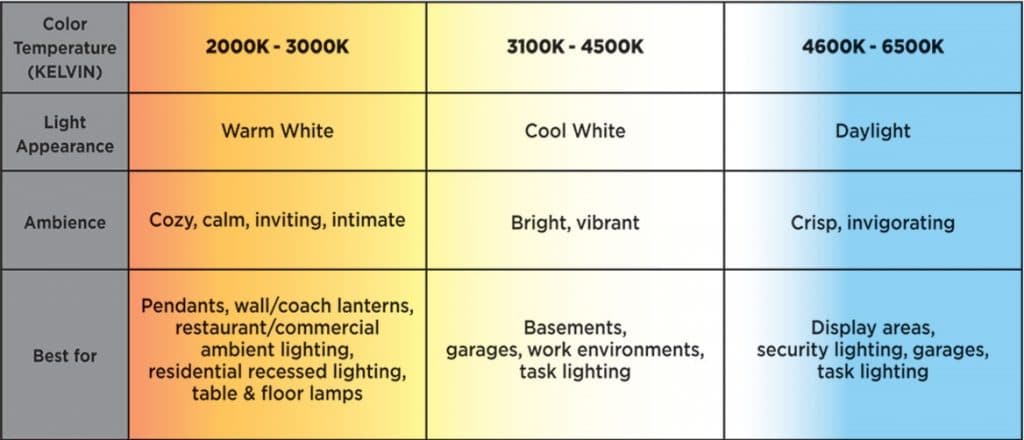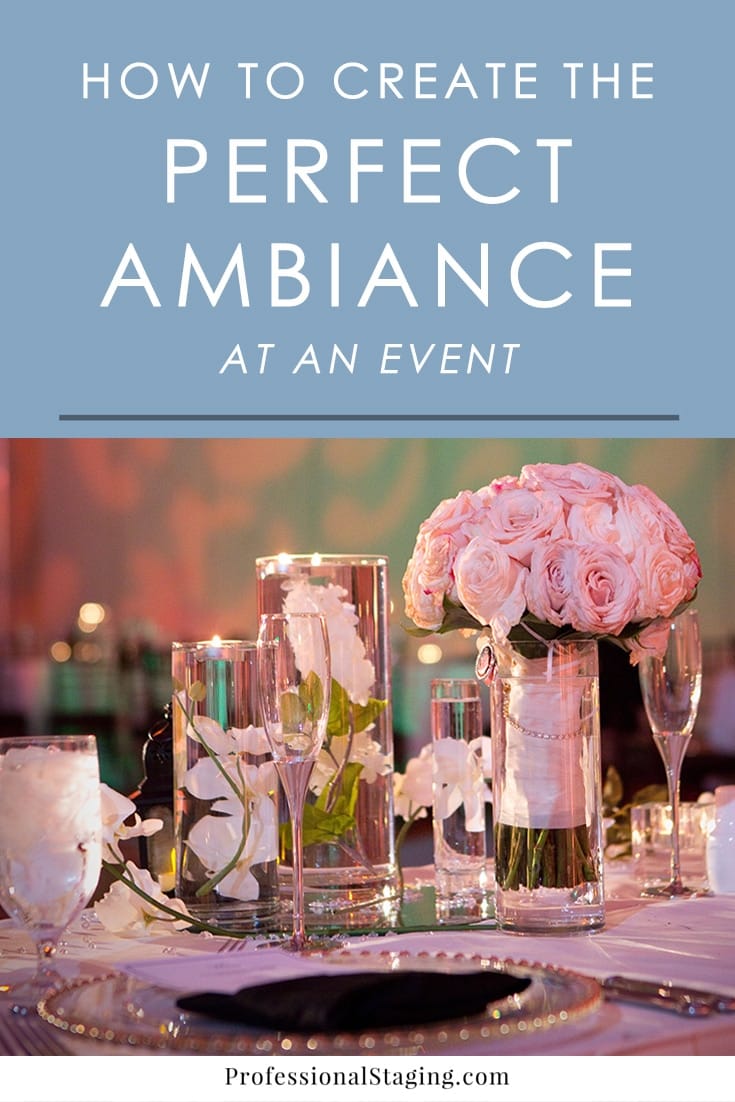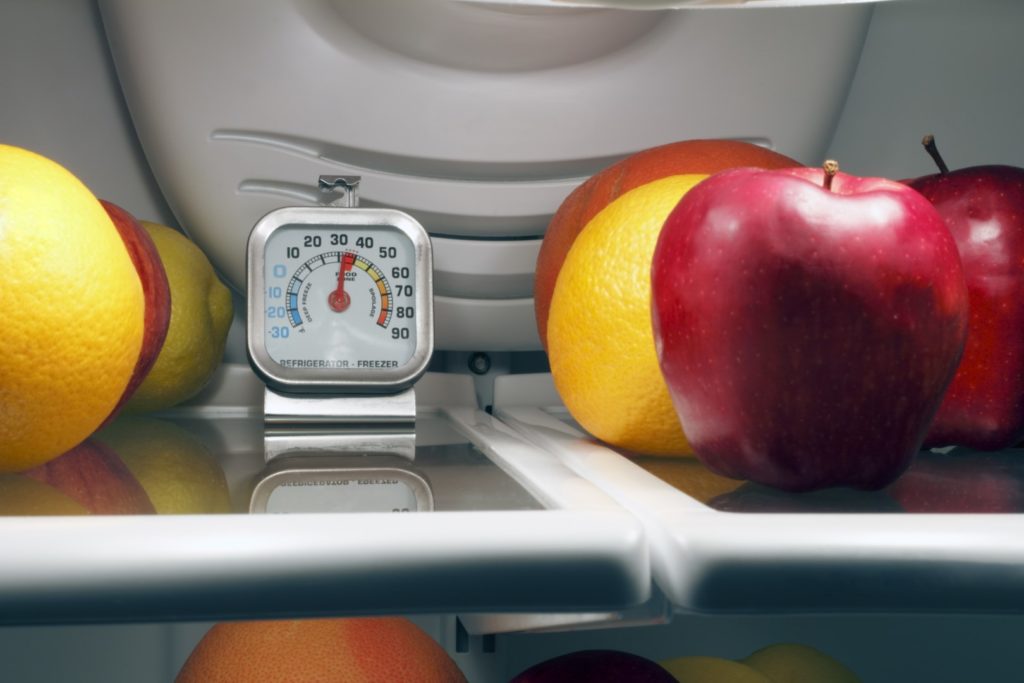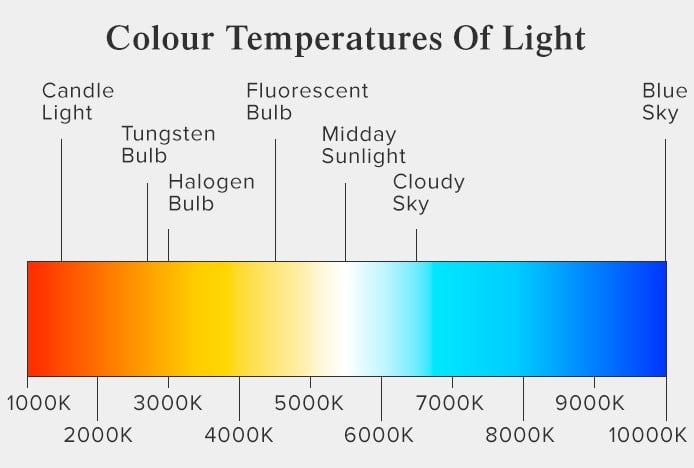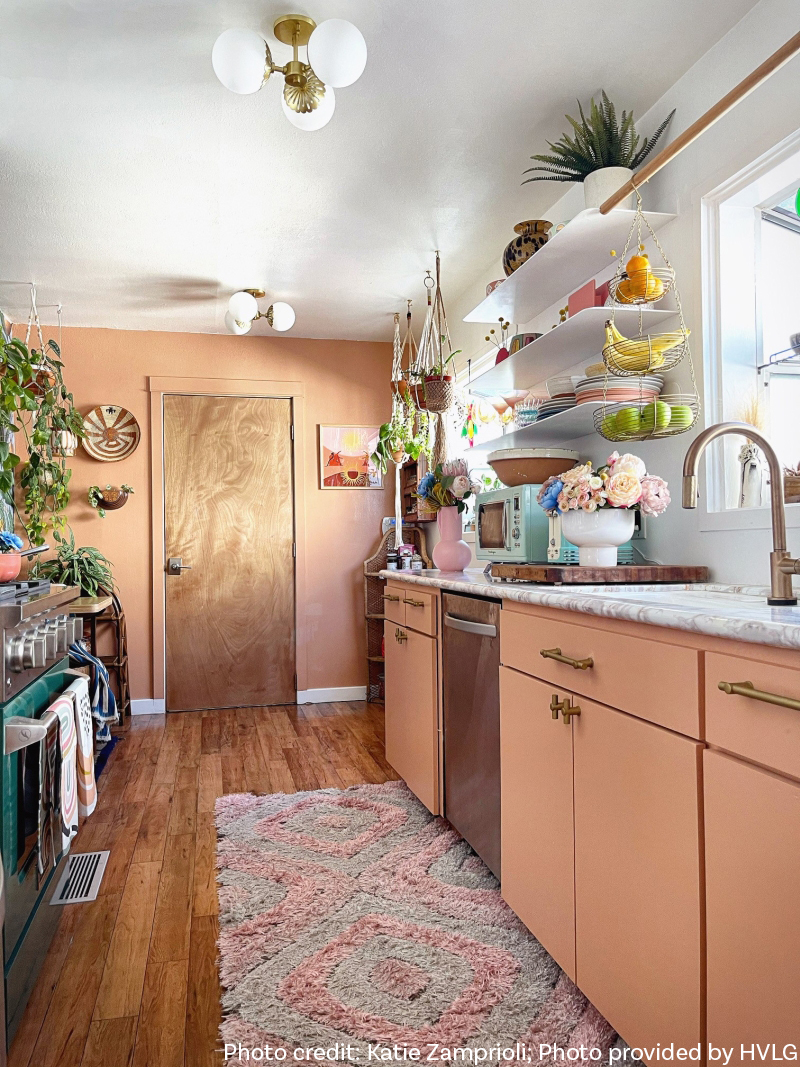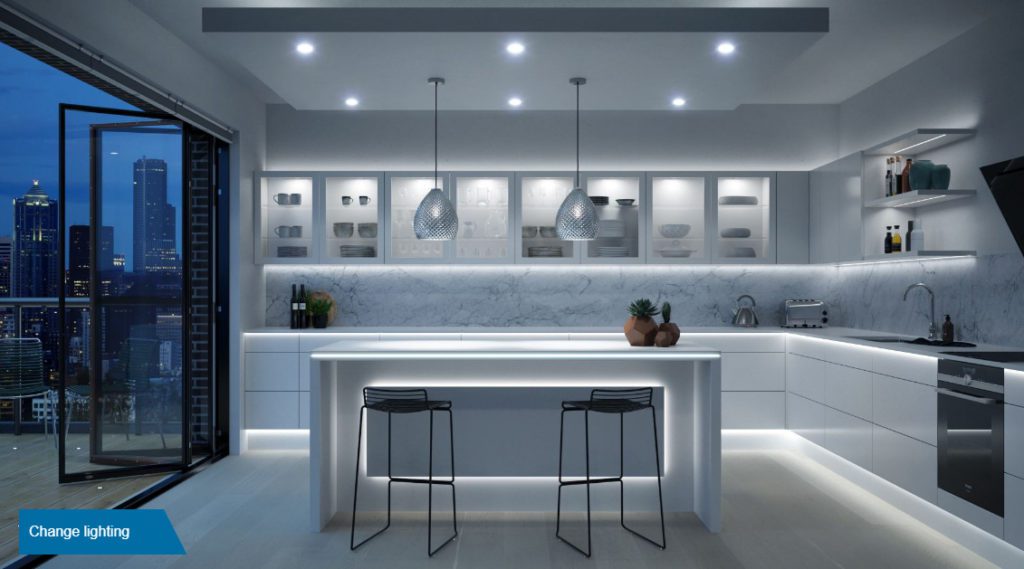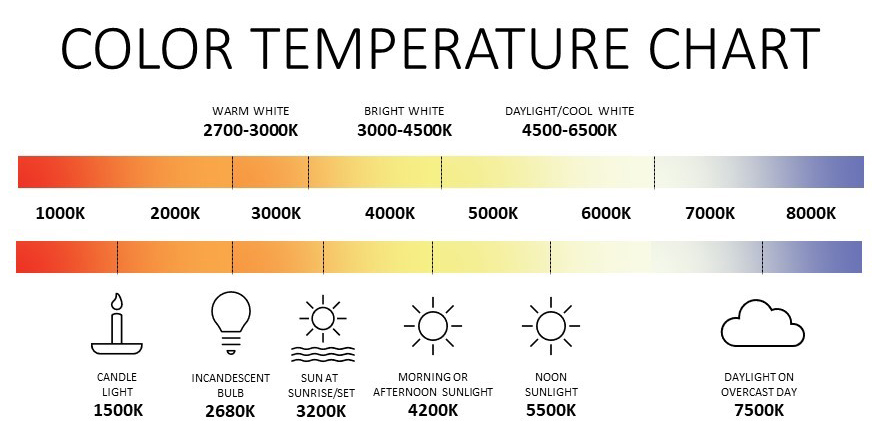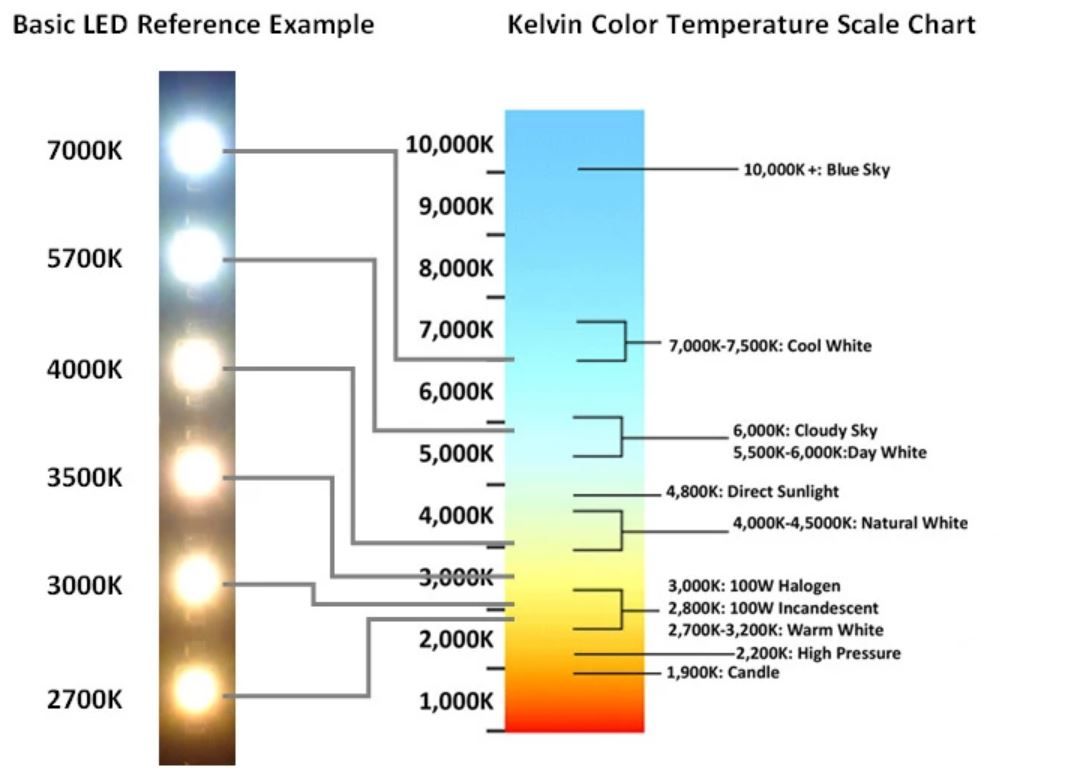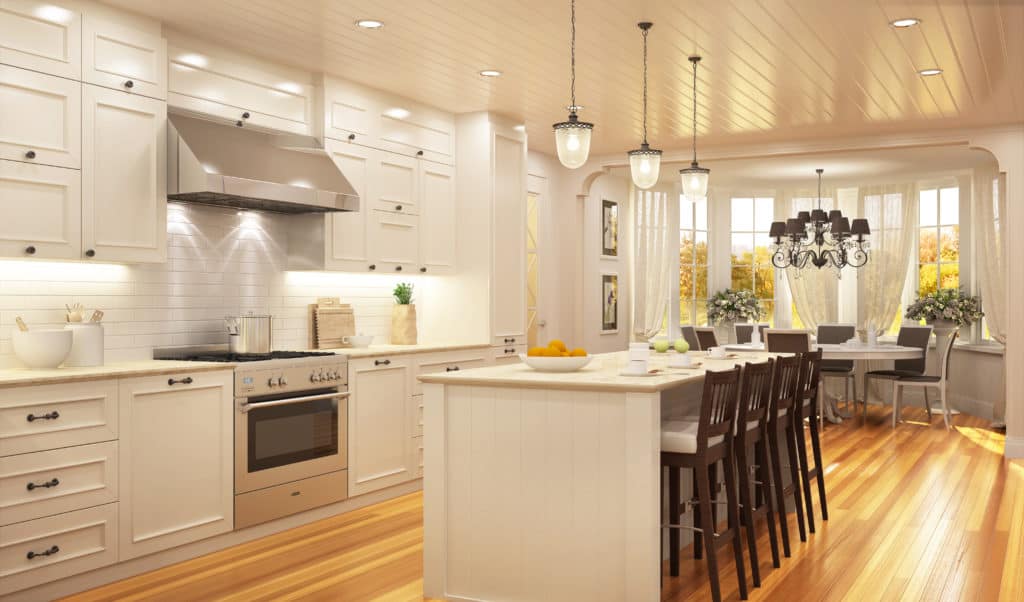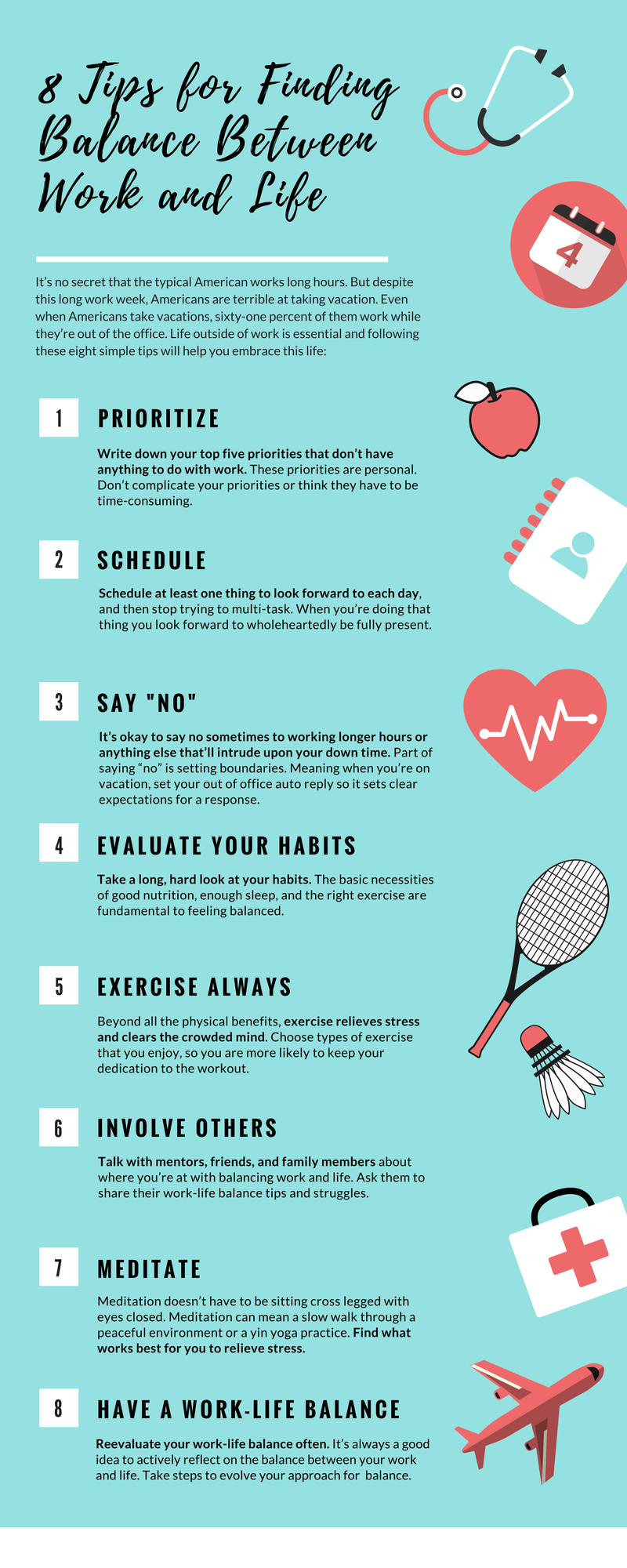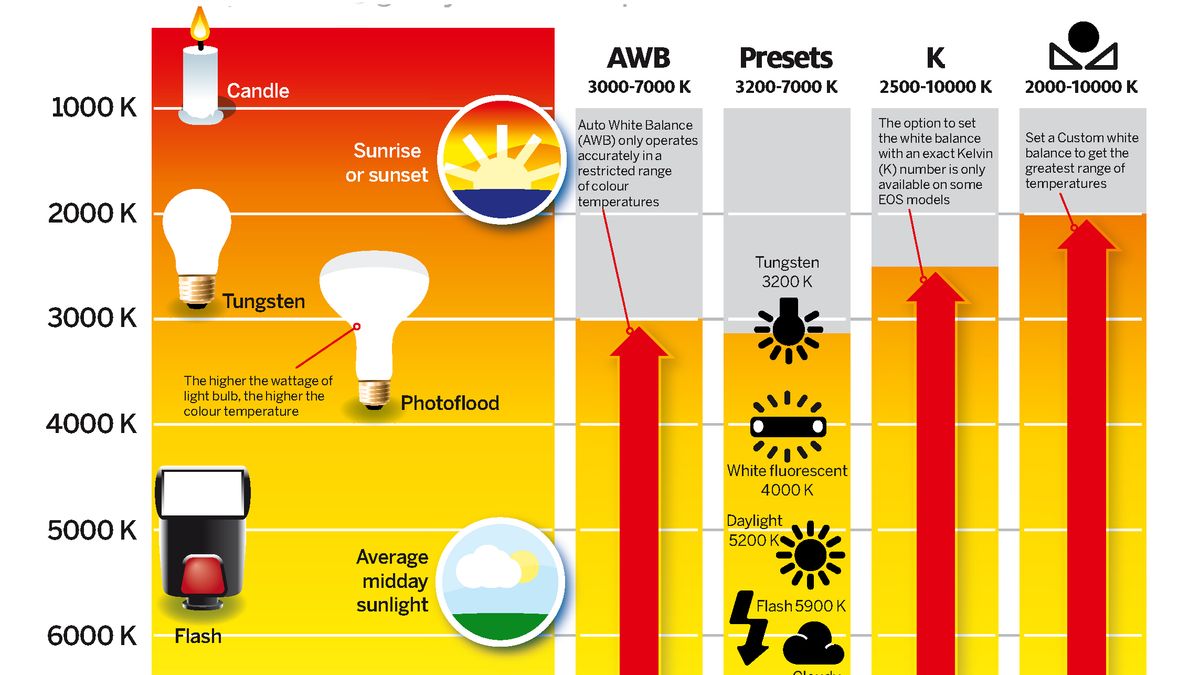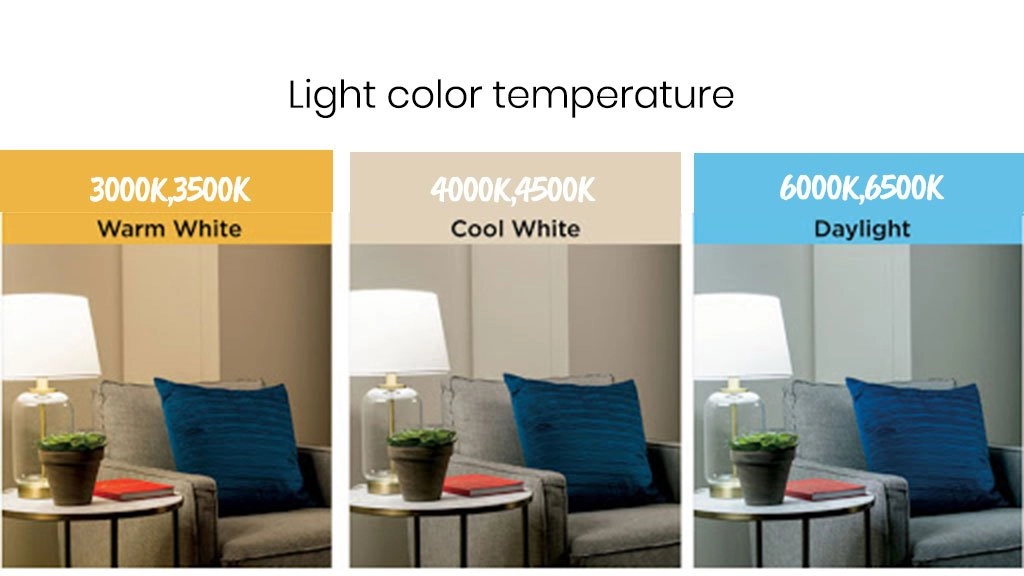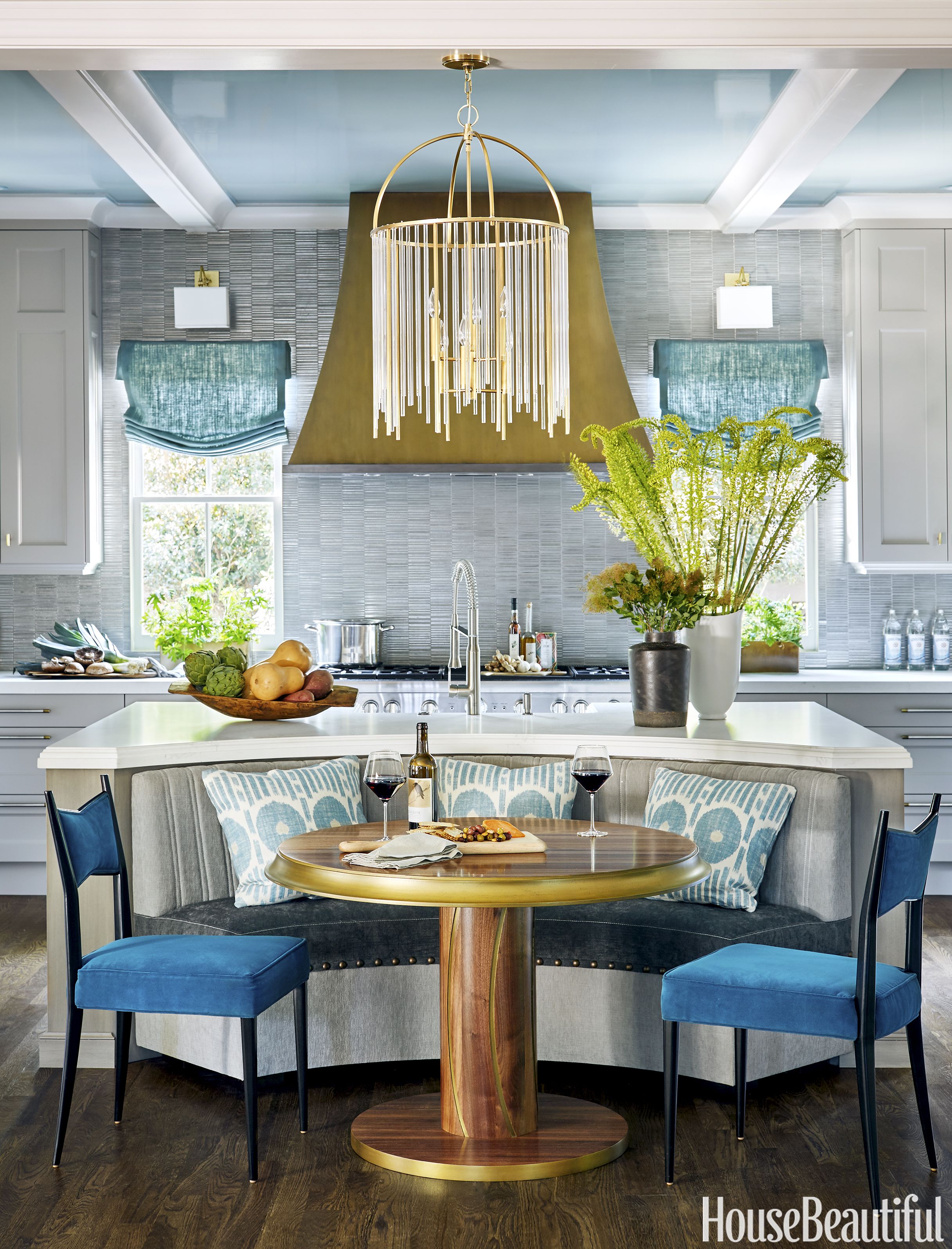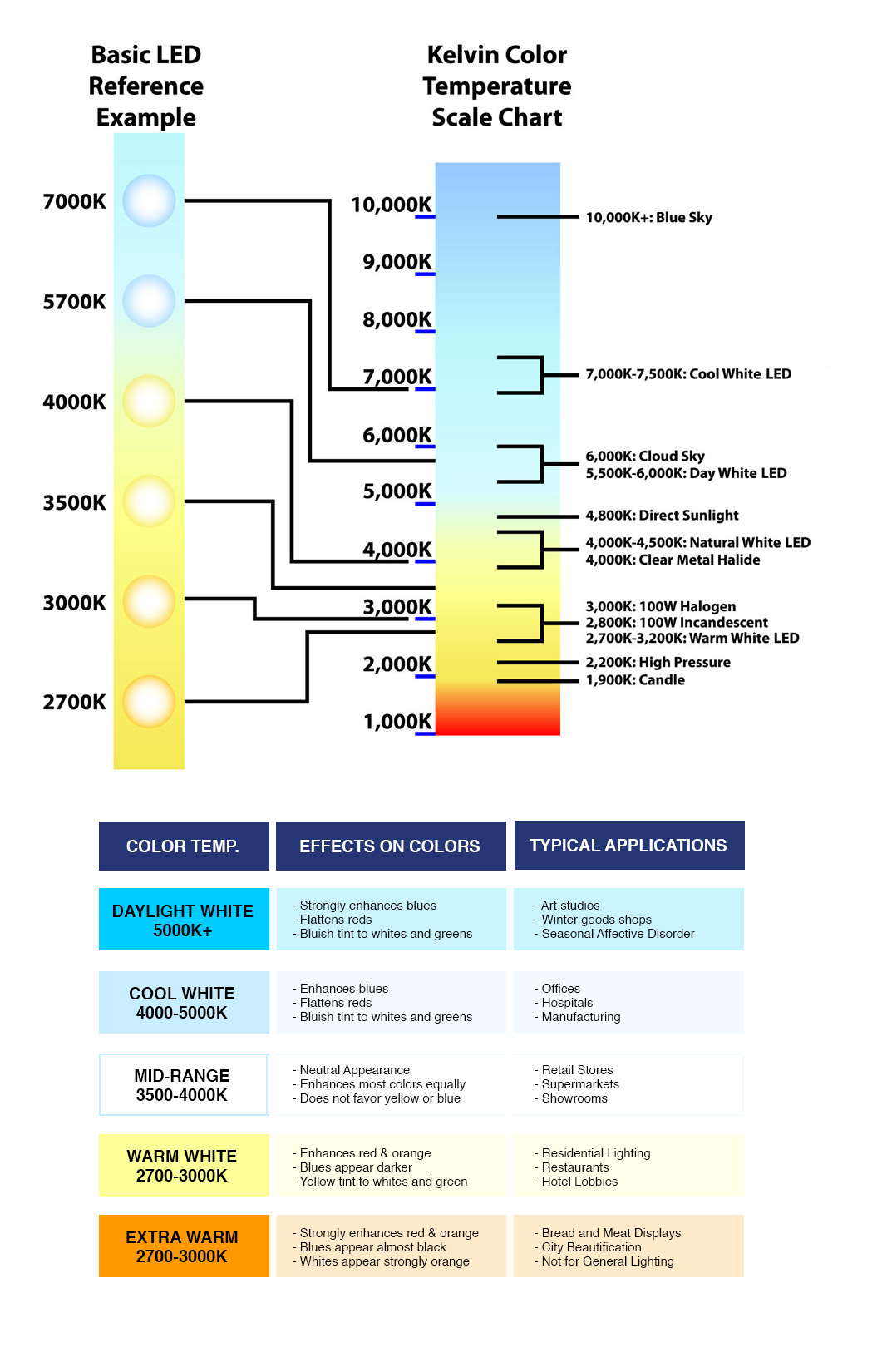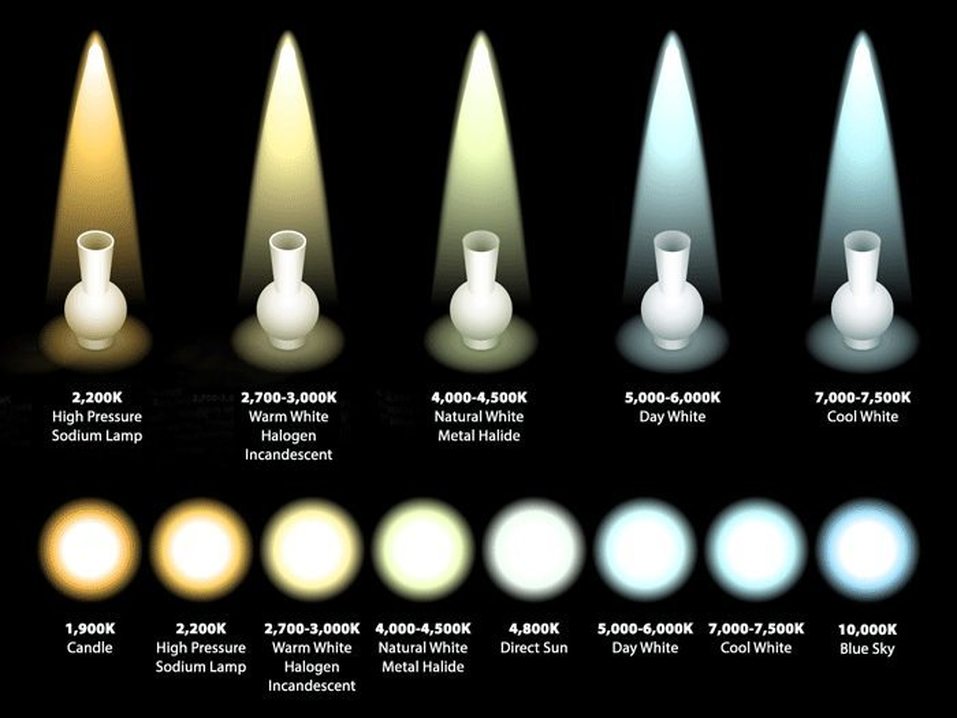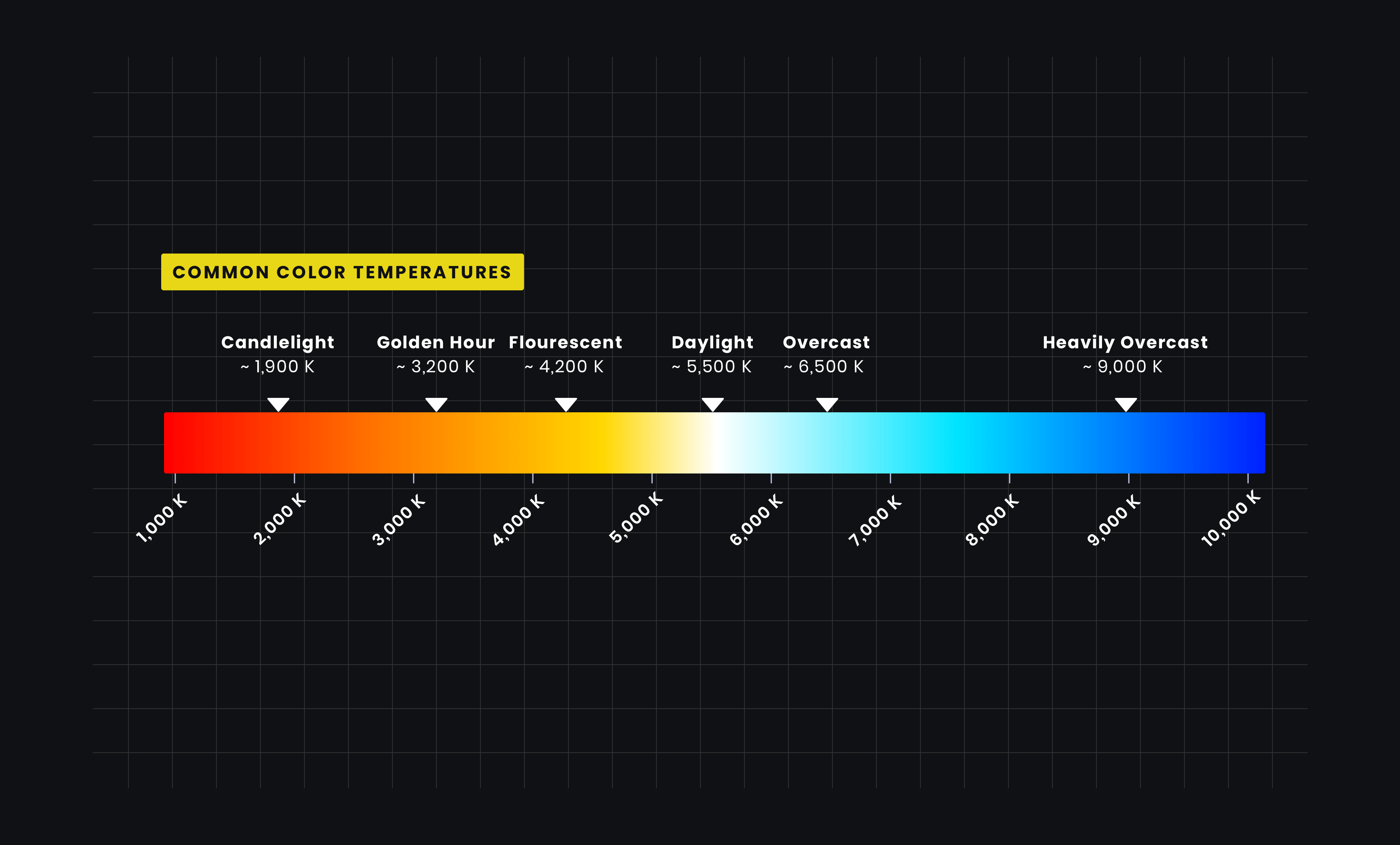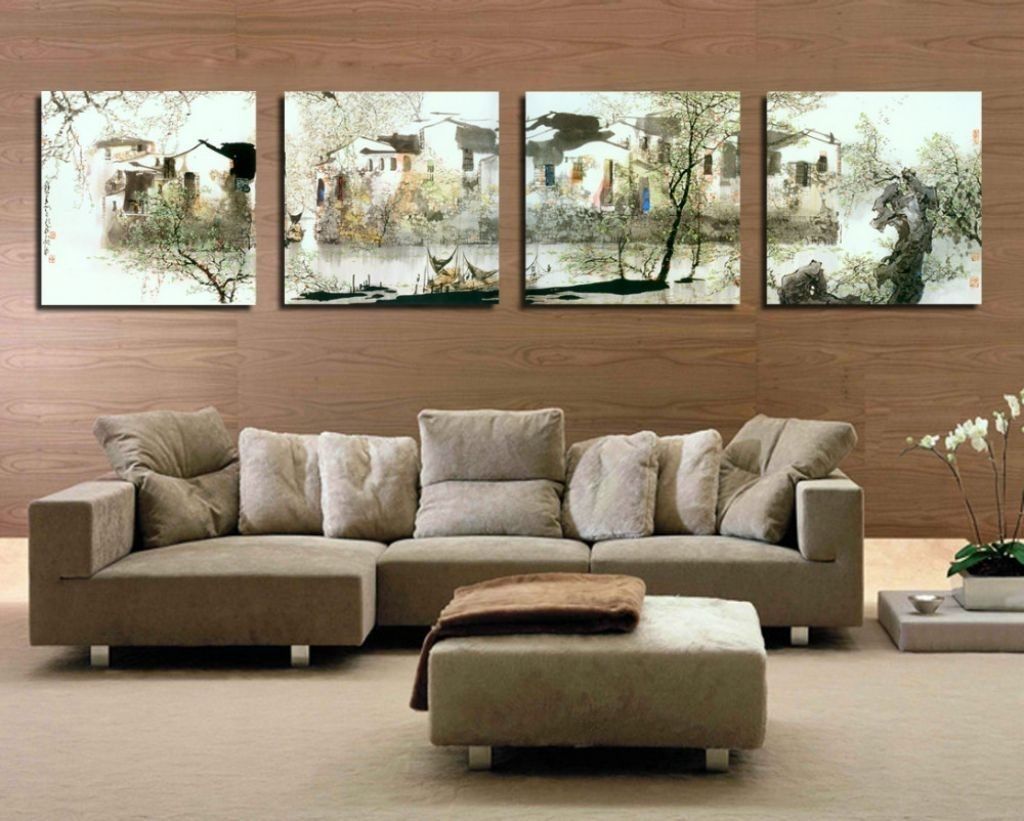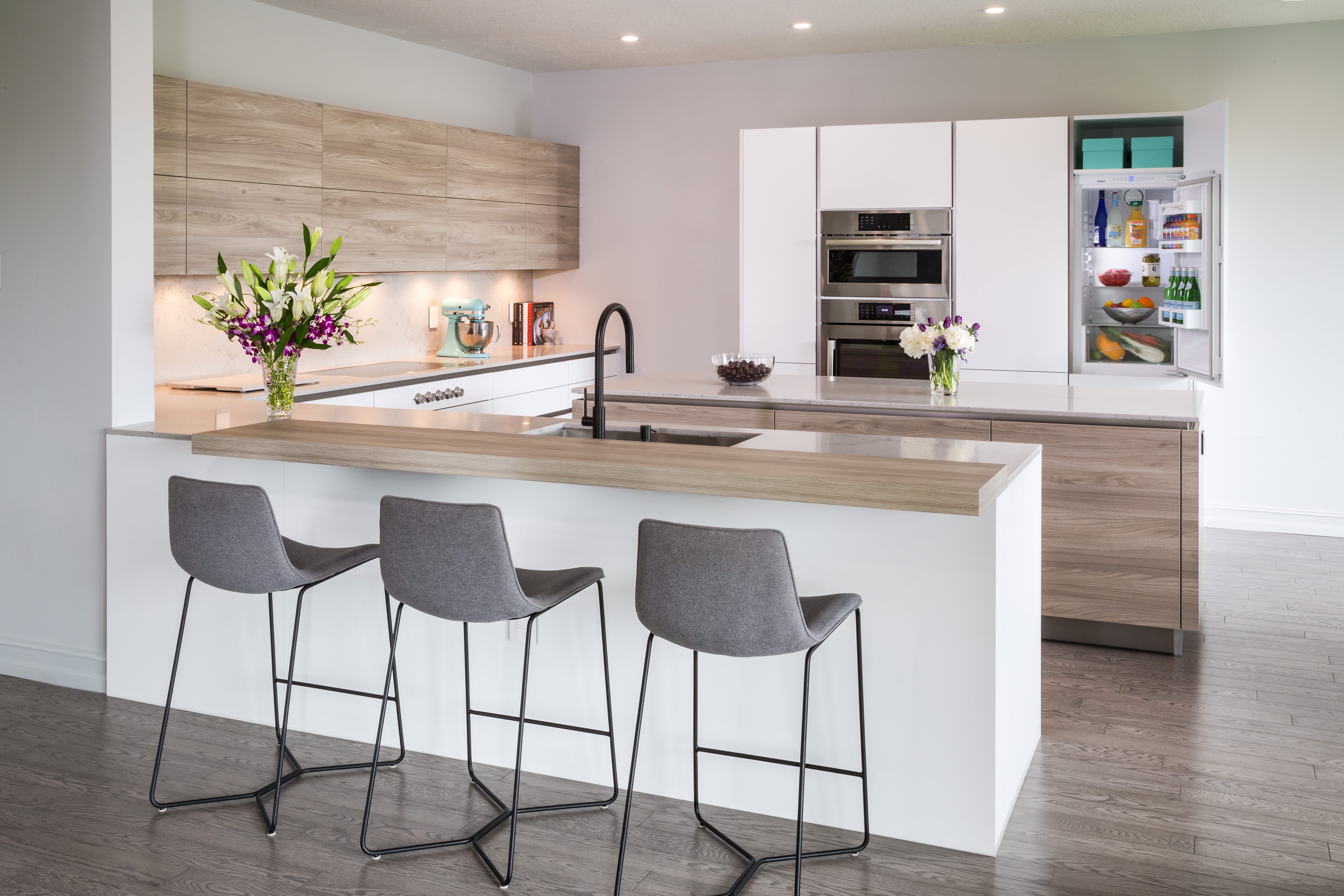1. "Choosing the Right Color Temperature for Your Kitchen Lighting"
When it comes to kitchen lighting, the color temperature plays a crucial role in creating the perfect ambiance. Color temperature refers to the warmth or coolness of the light emitted by a bulb, measured in Kelvin (K). It can range from warm yellow tones to cool blue hues. In order to create a functional and inviting kitchen, it is important to choose the right color temperature for your lighting.
For general kitchen lighting, a color temperature of 2700K to 3000K is recommended. This falls under the warm white category and is often described as a soft, cozy light. It is perfect for creating a welcoming atmosphere in your kitchen, especially if it is an open-concept space combined with a living or dining area.
2. "The Best Color Temperature for Kitchen Lighting: A Guide"
When it comes to task lighting in the kitchen, a cooler color temperature of 3500K to 4000K is recommended. This falls under the cool white category and is ideal for providing bright and focused light for tasks such as cooking, chopping, and reading recipes. This color temperature also works well for under cabinet lighting, as it enhances the brightness and visibility of your countertop workspace.
3. "How to Determine the Ideal Color Temperature for Your Kitchen Lights"
When determining the ideal color temperature for your kitchen lights, it is important to consider the overall design and style of your kitchen. Warm color temperatures of 2700K to 3000K work well for traditional and cozy kitchens, while cooler color temperatures of 3500K to 4000K are better suited for modern and minimalist kitchens.
Additionally, you should also consider the color scheme and materials used in your kitchen. Warm color temperatures complement warm-colored materials such as wood and beige, while cool color temperatures work well with cooler materials such as stainless steel and white marble.
4. "Creating the Perfect Ambiance: Finding the Ideal Color Temperature for Your Kitchen Lights"
The color temperature of your kitchen lights also plays a key role in creating the perfect ambiance for your space. Warm color temperatures create a cozy and intimate atmosphere, perfect for entertaining guests or enjoying a quiet evening at home. Cooler color temperatures, on the other hand, can give a more energizing and modern feel to your kitchen.
For a versatile and customizable ambiance, consider using dimmable LED lights with adjustable color temperatures. This allows you to switch between warm and cool tones depending on the occasion or your mood.
5. "The Importance of Color Temperature in Kitchen Lighting Design"
Color temperature is an important consideration in kitchen lighting design because it can affect the visual appeal and functionality of your space. Choosing the wrong color temperature can make your kitchen look dull and uninviting, or too harsh and clinical.
Properly balancing the color temperatures in your kitchen can also help improve the overall lighting quality, making your space more comfortable and visually appealing.
6. "Finding the Perfect Balance: Tips for Selecting the Ideal Color Temperature for Your Kitchen Lights"
In order to find the perfect balance in your kitchen lighting, it is recommended to use a combination of warm and cool color temperatures. This creates a layered lighting effect and adds depth and dimension to your space.
For example, you can use warm color temperatures for general lighting and task lighting, while incorporating cool color temperatures for accent lighting or statement pieces, such as pendant lights or a chandelier.
7. "Understanding Color Temperature: How to Choose the Right Light for Your Kitchen"
When shopping for kitchen lighting, it is important to understand the color temperature of the bulbs you are purchasing. Look for the Kelvin rating on the packaging, which will indicate the color temperature of the bulb.
Remember to also consider the CRI (Color Rendering Index) of the bulb, which measures how accurately the light source reveals the true colors of objects. A higher CRI means the colors will appear more natural, making it easier to see details and food colors in your kitchen.
8. "The Science of Color Temperature: How It Affects Your Kitchen Lighting"
The science behind color temperature lies in how our eyes perceive different light sources. As humans, we are naturally drawn to warm light, as it is associated with feelings of comfort and relaxation. However, cooler light can make us feel more alert and energized, making it a better choice for task-oriented areas in the kitchen.
By understanding the science of color temperature, you can make informed decisions when it comes to selecting the right lighting for your kitchen.
9. "Creating a Welcoming Atmosphere: The Role of Color Temperature in Kitchen Lighting"
A welcoming atmosphere is essential for any kitchen, as it is often the heart of the home. The color temperature of your kitchen lighting can greatly contribute to the overall feel of the space.
Opting for warmer color temperatures, such as 2700K to 3000K, can help create a cozy and inviting atmosphere, perfect for family gatherings and casual meals. Adding layers of lighting with different color temperatures can also add depth and warmth to your kitchen.
10. "The Ideal Color Temperature for a Modern Kitchen: Tips and Tricks"
For those who prefer a more modern and sleek look in their kitchen, cooler color temperatures ranging from 3500K to 4000K are best suited. This creates a clean and crisp look, perfect for showcasing contemporary design elements and stainless steel appliances.
To avoid a harsh and clinical feel, consider incorporating warmer lighting elements, such as pendant lights with a warm color temperature, or using dimmable lights to adjust the color temperature according to your needs.
In conclusion, the color temperature of your kitchen lighting plays a crucial role in creating the perfect ambiance, functionality, and overall design of your kitchen. By understanding the different color temperatures and how they affect your space, you can select the ideal color temperature for your kitchen lights and create a welcoming and visually appealing atmosphere. So, the next time you are in the market for kitchen lighting, remember to consider the color temperature and its impact on your space.
Choosing the Ideal Kitchen Light Color Temperature for a Functional and Aesthetically Pleasing Space
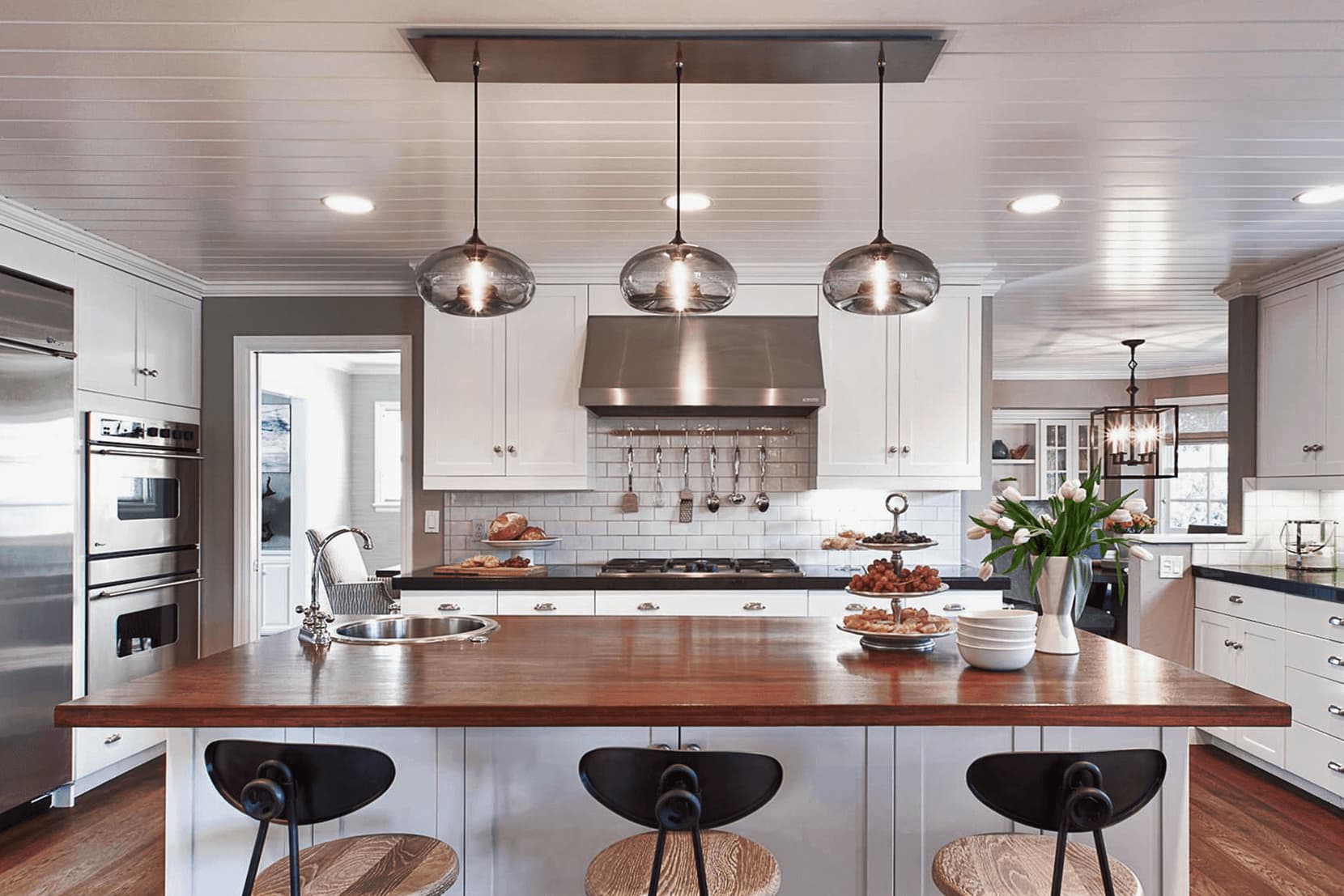
The Importance of Proper Lighting in Kitchen Design
 When it comes to designing a kitchen, lighting is often an overlooked aspect. However, it plays a crucial role in creating a functional and aesthetically pleasing space. Not only does lighting provide illumination for cooking and food preparation, but it also sets the mood and enhances the overall ambiance of the room. Therefore, it is essential to carefully consider the color temperature of your kitchen lights to achieve the desired effect.
When it comes to designing a kitchen, lighting is often an overlooked aspect. However, it plays a crucial role in creating a functional and aesthetically pleasing space. Not only does lighting provide illumination for cooking and food preparation, but it also sets the mood and enhances the overall ambiance of the room. Therefore, it is essential to carefully consider the color temperature of your kitchen lights to achieve the desired effect.
Understanding Color Temperature
 Color temperature is measured in Kelvin (K) and refers to the warmth or coolness of a light source. The lower the color temperature, the warmer the light, while a higher color temperature gives off a cooler, bluer light. This temperature not only affects the visual appearance of a room but also has an impact on the atmosphere and functionality of the space.
Related Keyword: Kitchen Lighting
Color temperature is measured in Kelvin (K) and refers to the warmth or coolness of a light source. The lower the color temperature, the warmer the light, while a higher color temperature gives off a cooler, bluer light. This temperature not only affects the visual appearance of a room but also has an impact on the atmosphere and functionality of the space.
Related Keyword: Kitchen Lighting
The Ideal Color Temperature for the Kitchen
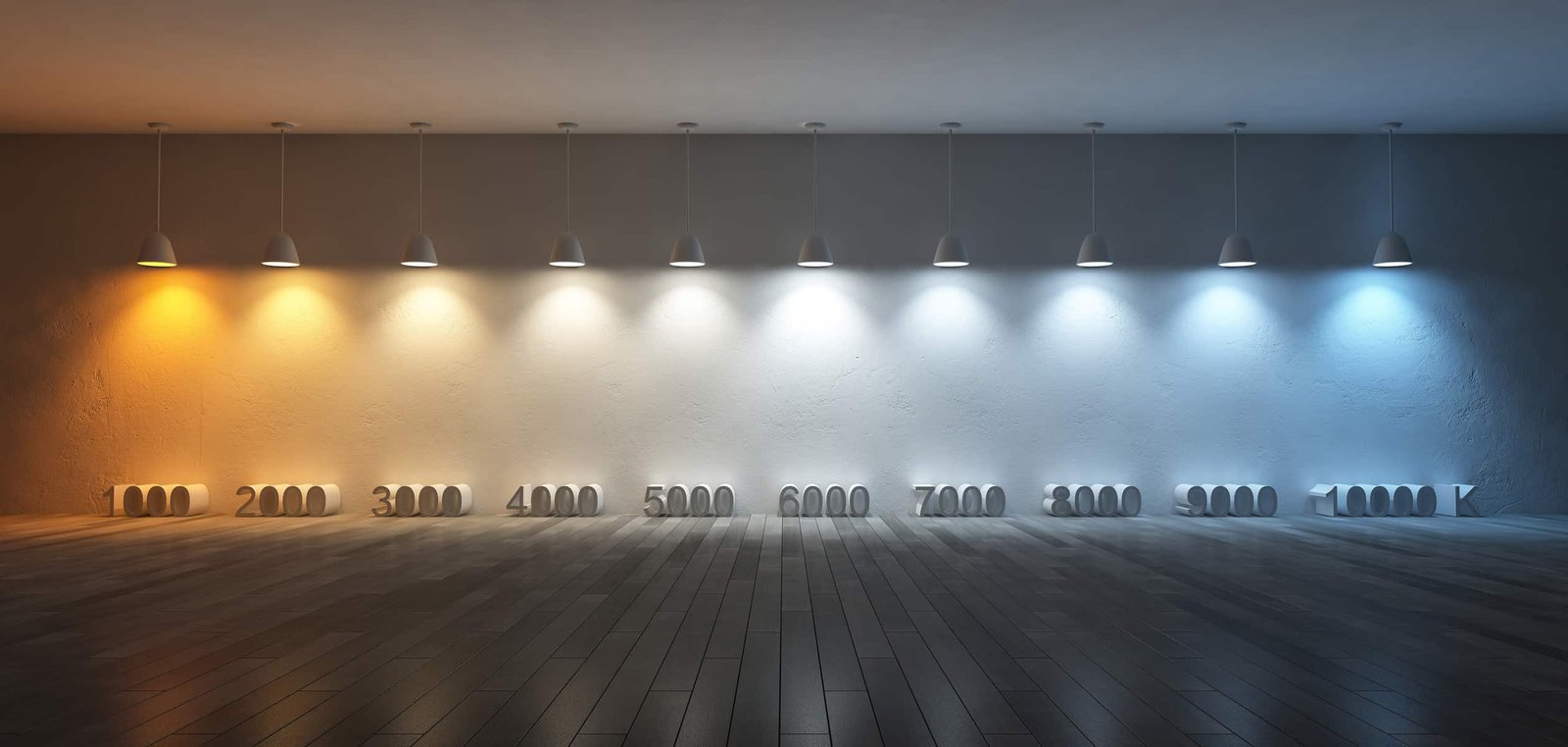 When it comes to kitchen lighting, the ideal color temperature is
between 2700K to 3000K
. This range mimics the warm, natural light of the sun and is often referred to as "warm white" or "soft white." This color temperature creates a cozy and inviting atmosphere, making it perfect for gathering and entertaining in the kitchen.
Featured Keyword: Ideal Kitchen Light Color Temperature
When it comes to kitchen lighting, the ideal color temperature is
between 2700K to 3000K
. This range mimics the warm, natural light of the sun and is often referred to as "warm white" or "soft white." This color temperature creates a cozy and inviting atmosphere, making it perfect for gathering and entertaining in the kitchen.
Featured Keyword: Ideal Kitchen Light Color Temperature
Functionality and Productivity
 In addition to creating the desired ambiance, the ideal color temperature also plays a role in functionality and productivity in the kitchen. A warmer color temperature can make the space feel more inviting and comfortable, making it a more pleasant place to spend time in. This can also positively impact cooking and food preparation, as people tend to be more efficient and creative in a comfortable environment.
Related Keyword: Kitchen Design
In addition to creating the desired ambiance, the ideal color temperature also plays a role in functionality and productivity in the kitchen. A warmer color temperature can make the space feel more inviting and comfortable, making it a more pleasant place to spend time in. This can also positively impact cooking and food preparation, as people tend to be more efficient and creative in a comfortable environment.
Related Keyword: Kitchen Design
Choosing the Right Lighting Fixtures
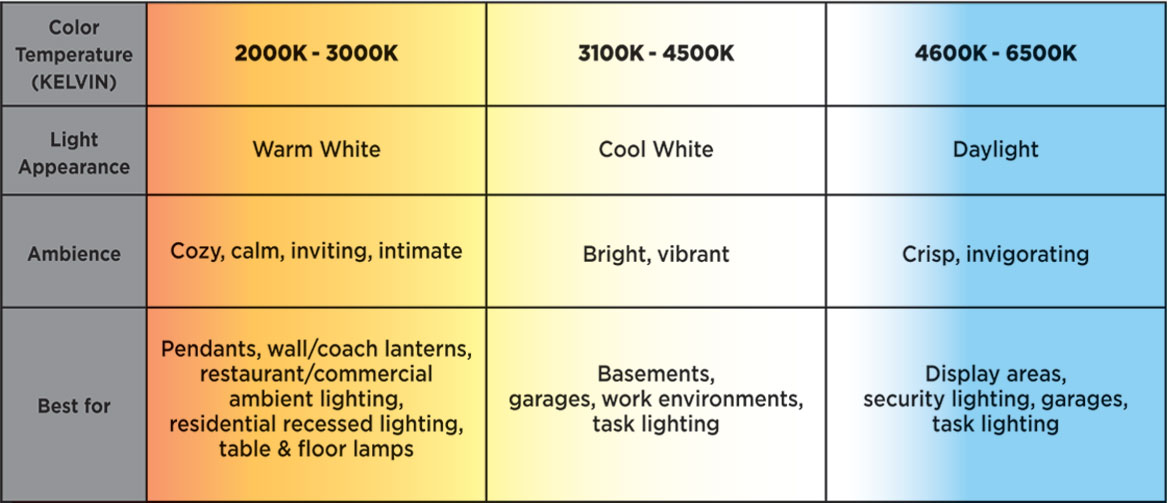 To achieve the ideal color temperature in your kitchen, it is essential to choose the right lighting fixtures. LED lights are a popular choice for their energy efficiency and ability to produce a wide range of color temperatures. When selecting LED lights for your kitchen, look for ones with a color temperature of 2700K to 3000K.
Related Keyword: Lighting Fixtures
To achieve the ideal color temperature in your kitchen, it is essential to choose the right lighting fixtures. LED lights are a popular choice for their energy efficiency and ability to produce a wide range of color temperatures. When selecting LED lights for your kitchen, look for ones with a color temperature of 2700K to 3000K.
Related Keyword: Lighting Fixtures
In Conclusion
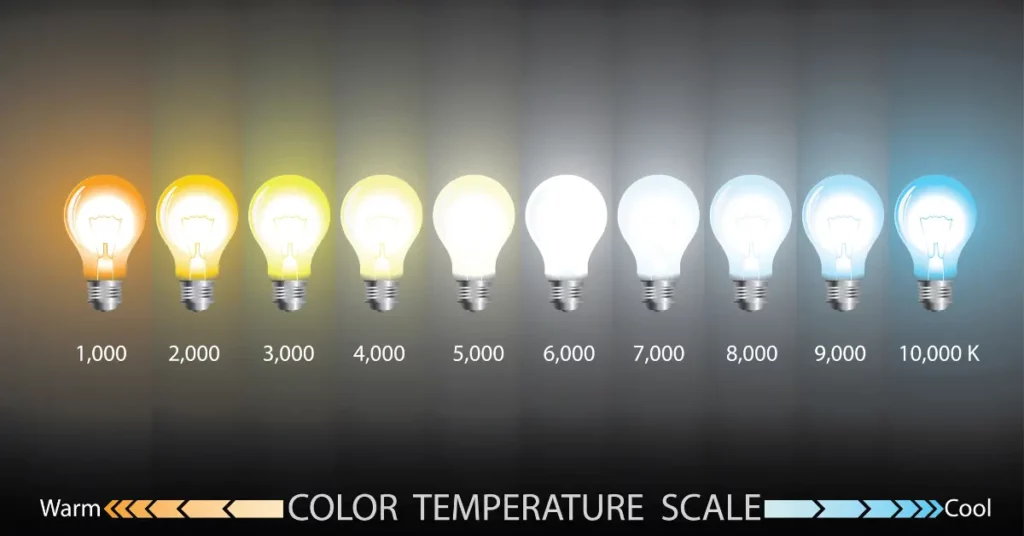 Incorporating the ideal kitchen light color temperature into your kitchen design is crucial for both functionality and aesthetics. By understanding color temperature and choosing the right lighting fixtures, you can create a warm and inviting space that is not only visually appealing but also promotes productivity in the kitchen. So don't overlook the importance of lighting when designing your dream kitchen.
Incorporating the ideal kitchen light color temperature into your kitchen design is crucial for both functionality and aesthetics. By understanding color temperature and choosing the right lighting fixtures, you can create a warm and inviting space that is not only visually appealing but also promotes productivity in the kitchen. So don't overlook the importance of lighting when designing your dream kitchen.

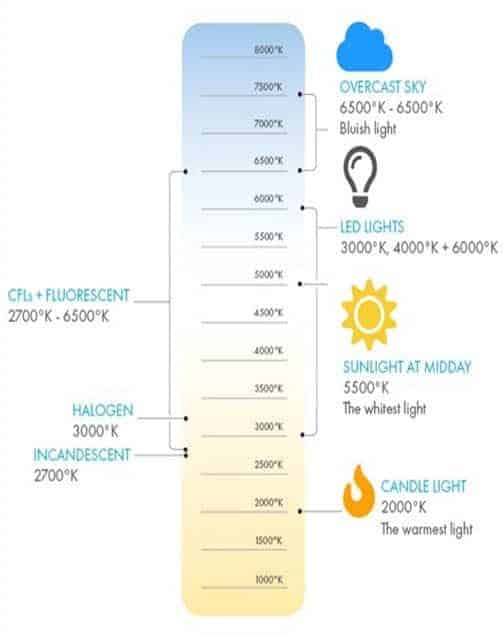



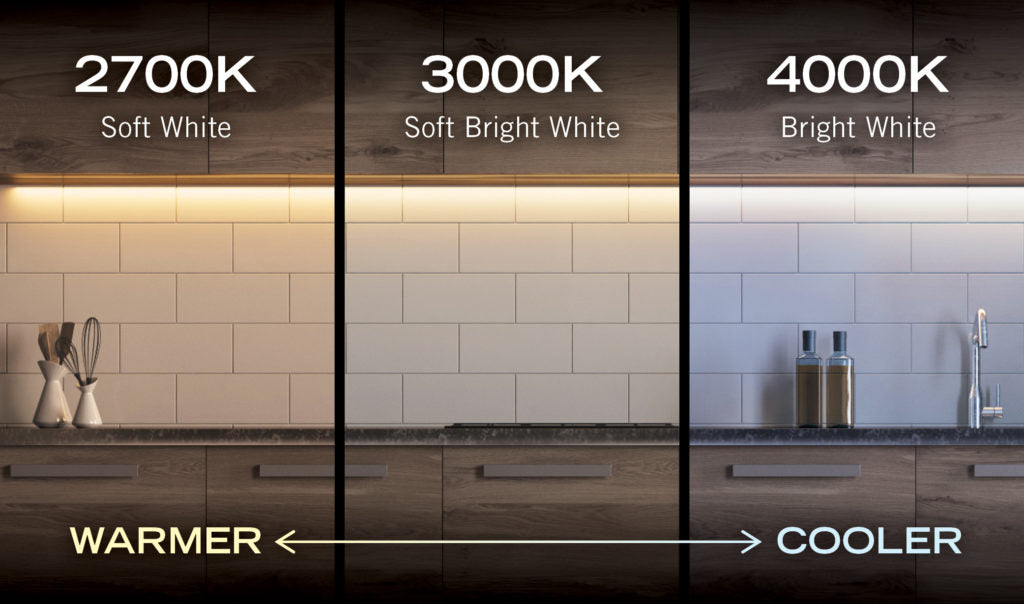

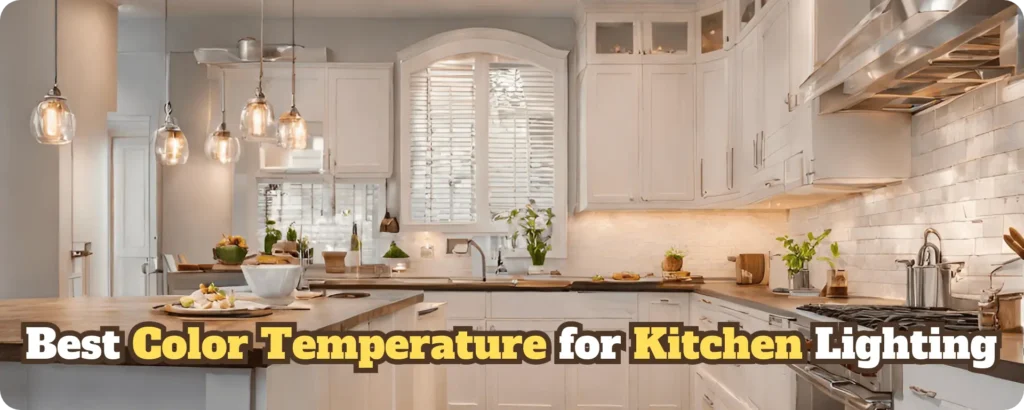

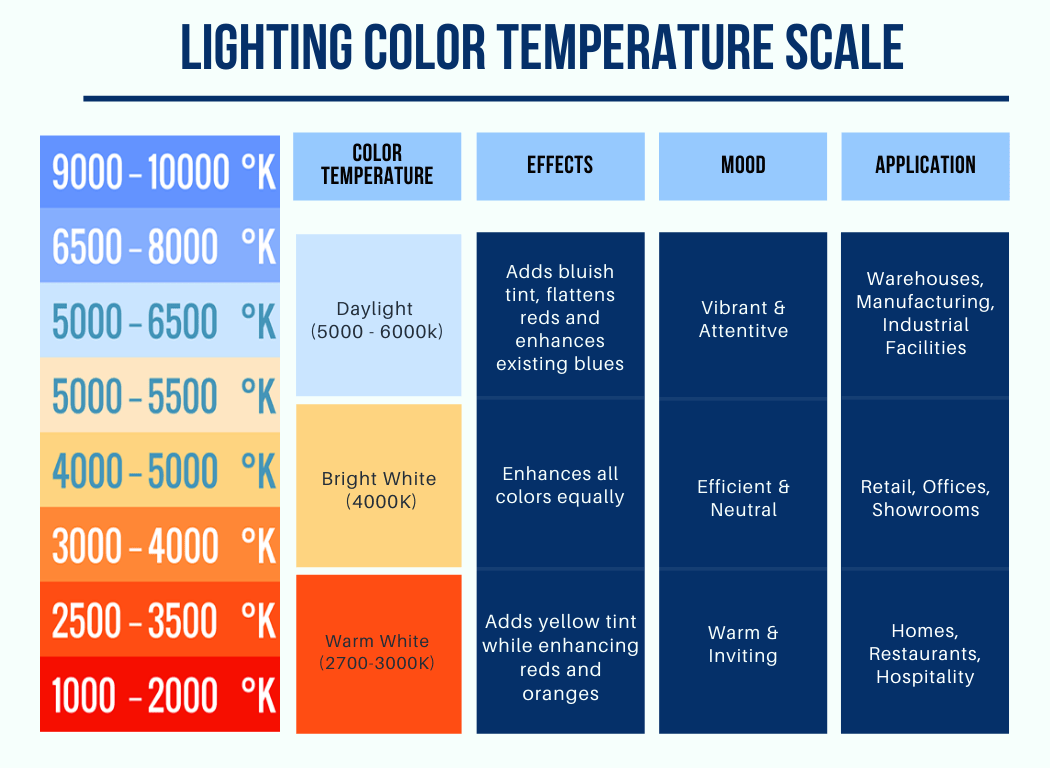


.png)

